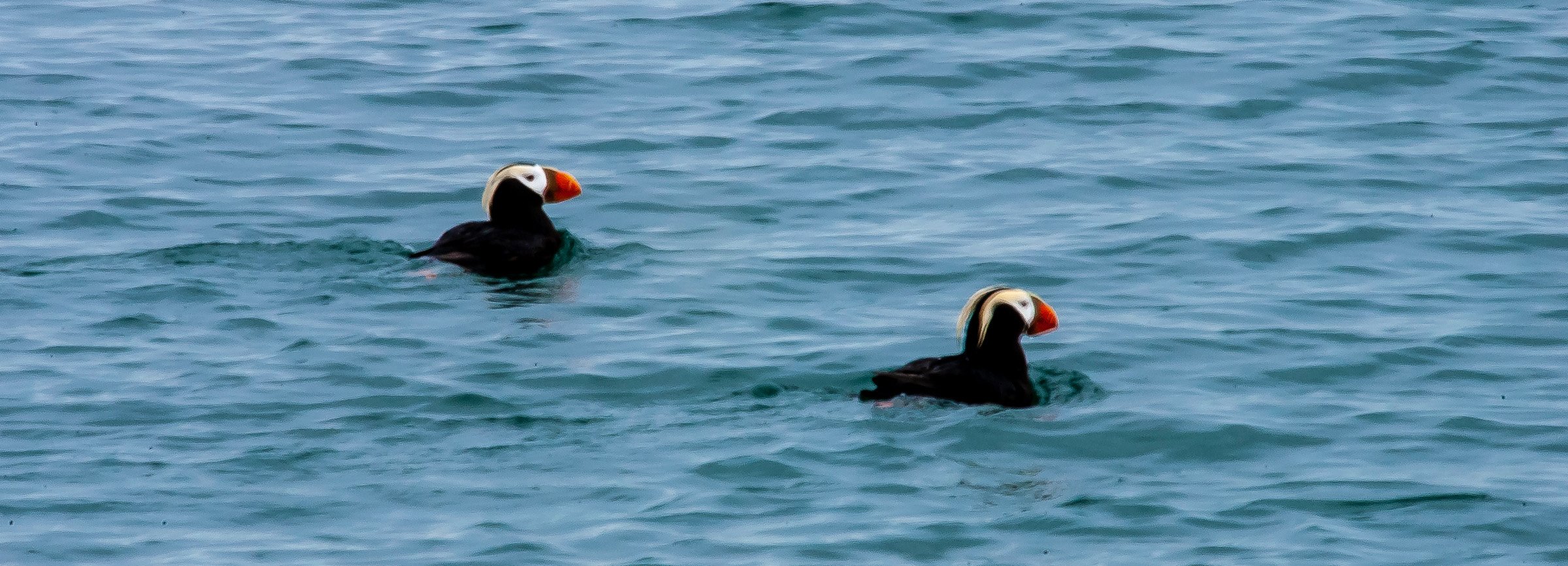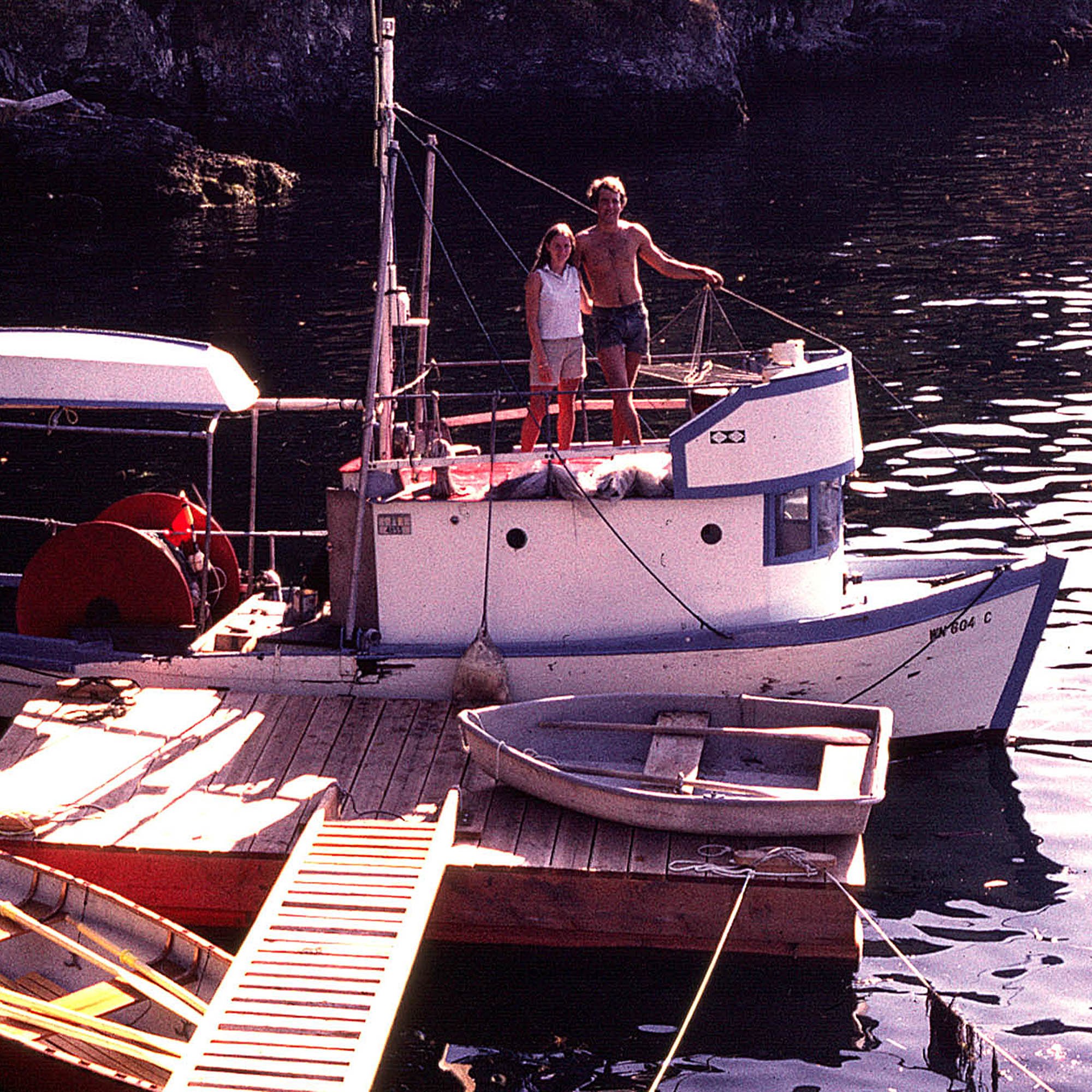The Map Maker
“Hey kid, wake up, Ya gotta see this!” I was 19, the spring of 1972; a day earlier, after a week of walking up and down the Seattle docks, I‘d finally achieved my dream: getting a job on an Alaska-bound fishing boat.
I pulled on clothes, stumbled up to the pilothouse on the top deck. It was just dawn; our big 80-footer was in a narrow channel where the tidal current was pushing us back and forth as the skipper struggled to turn the big spoked wheel to compensate.
“It’s Seymour, kid,” Mick, the old Norwegian mate said, pointing at the sobering sight of whirlpools the size of our boat, full of logs and branches and long fronds of kelp. “It used to be really bad, a rock right in the middle. Then they blew it the hell out of there with three million pounds of dynamite.”
Just then a tree trunk the size of a phone pole erupted from the whirlpool closest to us and quickly disappeared as the skipper spun the wheel, saying, “And that’s the kind of crap you don’t want to hit.”
Twenty minutes later the whirlpools had disappeared and the channel was much wider.
“Here, kid... take over,” said the skipper, “just follow the line on the chart,” He nodded toward the chart table at the back of the pilothouse.
I shrank back, deeply uneasy, but the door to his stateroom was already closing.
“Me,” I thought, “steer this big boat to Alaska?” I had substantially exaggerated my experience when I talked my way into the job.
I felt Old Mick’s big hand on my shoulder as his foot pushed a lever under the compass and the steering wheel began slowly turning just slightly back and forth. “Let Iron Mike do the steering,” he said softly, “and I’ll give you a little chart lesson.”
And so began my education as an Alaska commercial fisherman. The kindly old man took me under his wing, showed me how to tell salmon apart. (Did you know there are 5 species?) How to run the winches, steer through a tide rip, read a chart, plot a course, tie the right knot. 50 years he worked the coast, in big boats and small: halibut, salmon, herring, crab.
But most of all he filled me with stories, shared my night watches in that big pilothouse. While the dark land and lonely channels passed outside the windows, his gnarled hands would play over the chart, share one story after another.
We’d pass some little bay and he’d yarn:
“1922, we were on the old mailboat Copper King. Thick o’ snow, no radar in them days, we’d use the horn to pick our way into the narrow entrance, listening for the echoes off the sides.”
The tidal wave at Lituya Bay. Stripped trees off a hillside a thousand feet up. Anchored boats, carried over the trees of the spit by the wave, some never seen again.
1918 and the steamer Princess Sophia on a reef north of Juneau in a howling blizzard, the last run of the season. The rescue ships in a nearby cove, waiting for better weather. In the middle of the night the wind screeched even harder. “For God’s sake, come” called the radio. But daylight found only the mast above water and 353 souls lost.
The hand trollers: rowing standing up, towing salmon lures behind them, making little tent towns on the beach wherever there were fish and a buyer: iron men and wooden boats.
Icebergs bumped our boat in the night. There were totem poles at the cannery, eagles in the sky, bears in the creeks; for a young man, it was ALASKA in capital letters. All I wanted was to go back in my own boat.
It took a while. My first boat was junk; the engine blew up, never even made it into Canada, much less Alaska. If I’d had, probably the first bad tide rip would have sunk the boat, drowned me and my girlfriend too. Ended up broke and discouraged.
Then I got really lucky, found a job on a king crab boat, that legendary fishery just starting up. Bering Sea winter: beating the ice off our little ship lest the weight of it capsize us. At first slim pickings, but then finally in the fall, with the smoking Aleutian volcanoes looming in the distance, in 1,000’ of water, we found the crab . Pot after pot, coming up jammed full. Put our winter money (and a lot more) in our ass pockets, enough to buy a really nice salmon boat at last.
And so began many magic salmon seasons. Built a summer cabin on the water, our own private cove, a remote and roadless settlement, partner boats to fish with. All that land to fish and explore. Our store, our bar, our post office all floating. Neighbors fished salmon with home-made skiffs.
Each fall I’d come back to Seattle with a hundred plus rolls of film, spend a month in the darkroom, share with friends. “Write a book,” they said, “tell our story.” Eventually I did and to my amazement it was a success.
Chased fish and collected stories for more than 20 years.
Raised a fishing family; our son joining us at last.
Then the big ships started coming, a million plus folks a year to see the ice, the whales, the bears.
Wanted to share with them what I’d heard, seen, lived.
Found a filmmaker with a boat. Into the wilderness we went, to film, to tell stories, put them all into a map and books. And all because of Old Mick and those nights up in the pilothouse of the old Sidney, both of them long gone now.
Thanks, Mick: you got me started!
So - thinking of visiting Alaska? Dip your toe in here; we’ve got a lot of great stories to share!
More Stories!











